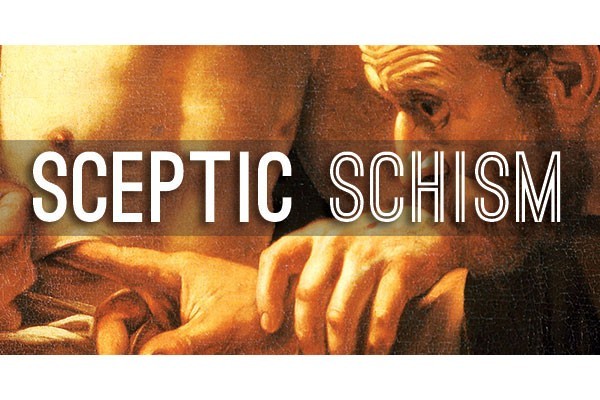Acupuncture is a practice in ancient Chinese medicine that involves sticking needles into the skin along the body’s natural “meridian lines” where “qi”, or “life-force”, is traditionally said to flow. The qi flow is redirected to improve the health of the body. Current research has not supported the existence of qi or meridians. But acupuncture continues to be offered widely in many countries, including New Zealand. When practised with sterilised, single-use needles inserted shallowly into the skin, adverse effects are rare.
You would think that the last thing you need to do to an injured body part is stick needles in it. Amazingly, despite its wacky premises, acupuncture does appear to work. According to an article in the Wall Street Journal, “neuroimaging studies show that it seems to calm areas of the brain that register pain and activate those involved in rest and recuperation”. Because the needles cause a tiny amount of damage to the body but not enough to be a threat, they can trigger the release of adenosine, a natural anaesthetic. People do feel relief from pain after the treatment.
However, the spiritual theory of acupuncture’s efficacy is smashed to bits by studies of “sham acupuncture”. Because it’s difficult to stick needles into somebody without them noticing, standard double-blind tests with control groups are tricky. Instead, scientists set up tests in which one group of patients were given “real” acupuncture along the meridian lines, and others given “sham” acupuncture in non-meridian parts of the body. A 2014 Nature Reviews Cancer article reported that the “real” treatment’s results were no better than the “sham” treatment. The placement of the needles, the number of needles inserted, the knowledge and experience of the practitioner and the circumstances of the sessions had no influence on the positive outcome of the treatment.
For ailments like chronic back or joint pain that may not be treatable with regular medicine, acupuncture could be worth a shot. As many acupuncturists will happily have a bash at treating cancer patients and stroke victims, however, it can be dangerous if a person decides to forego conventional medical treatment in favour of acupuncture. Thankfully, acupuncture is usually recommended as a complementary therapy alongside standard treatment.
Acupuncture is pretty safe and may even ease your pain. Just keep in mind that, for pain relief, a trained acupuncturist might be no more effective than having a trusted friend stick small, sterile needles at random into your body.



